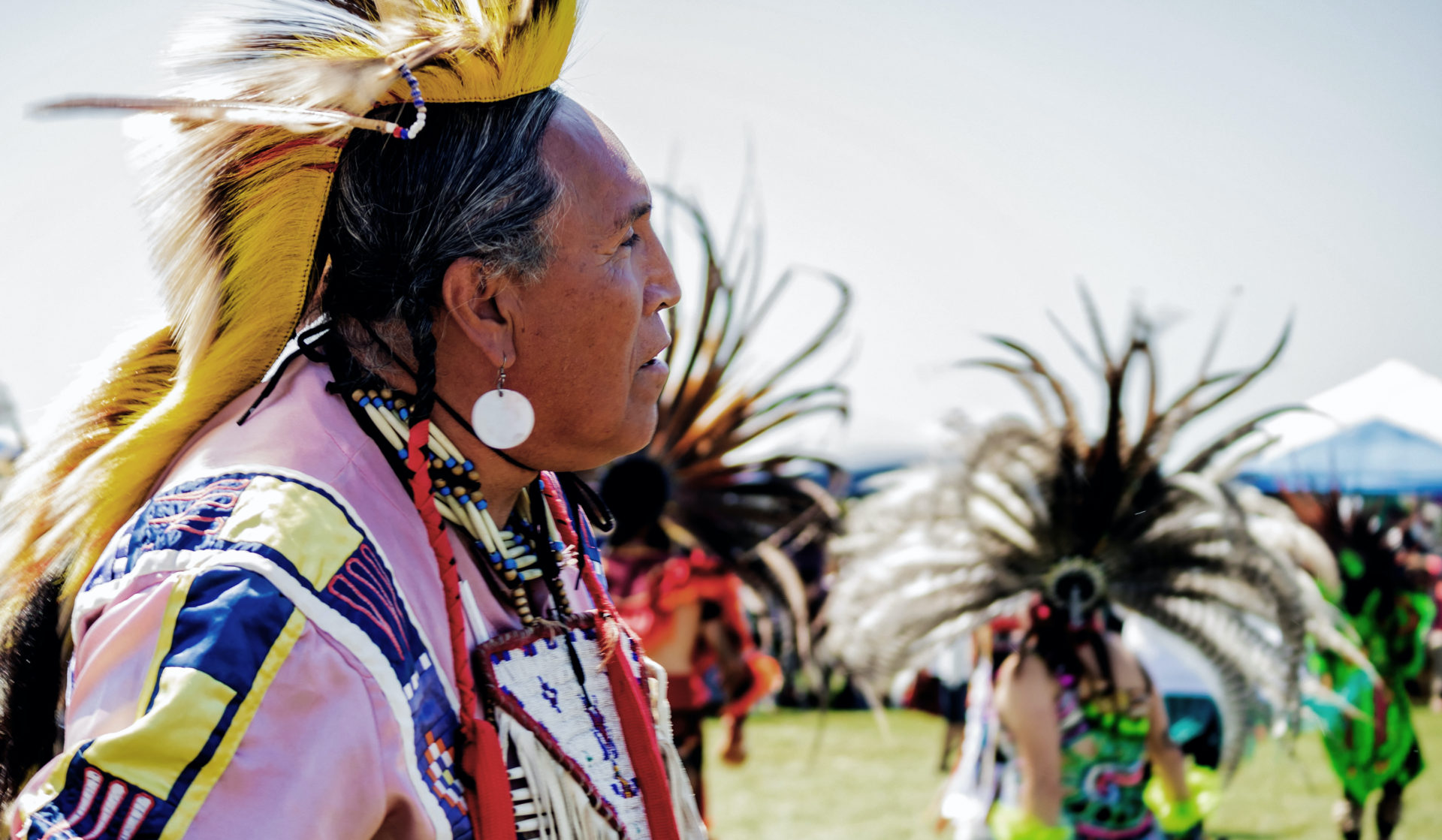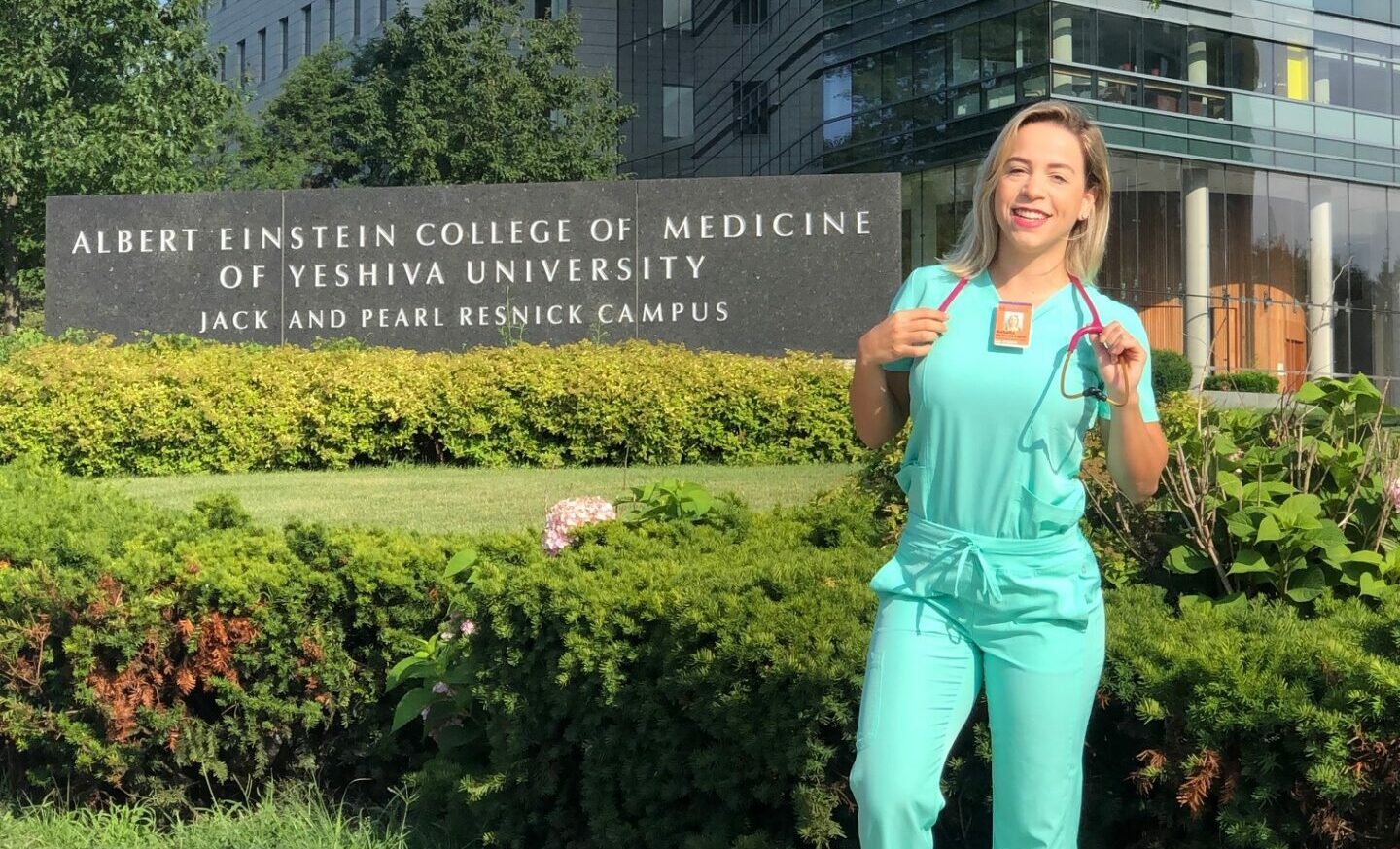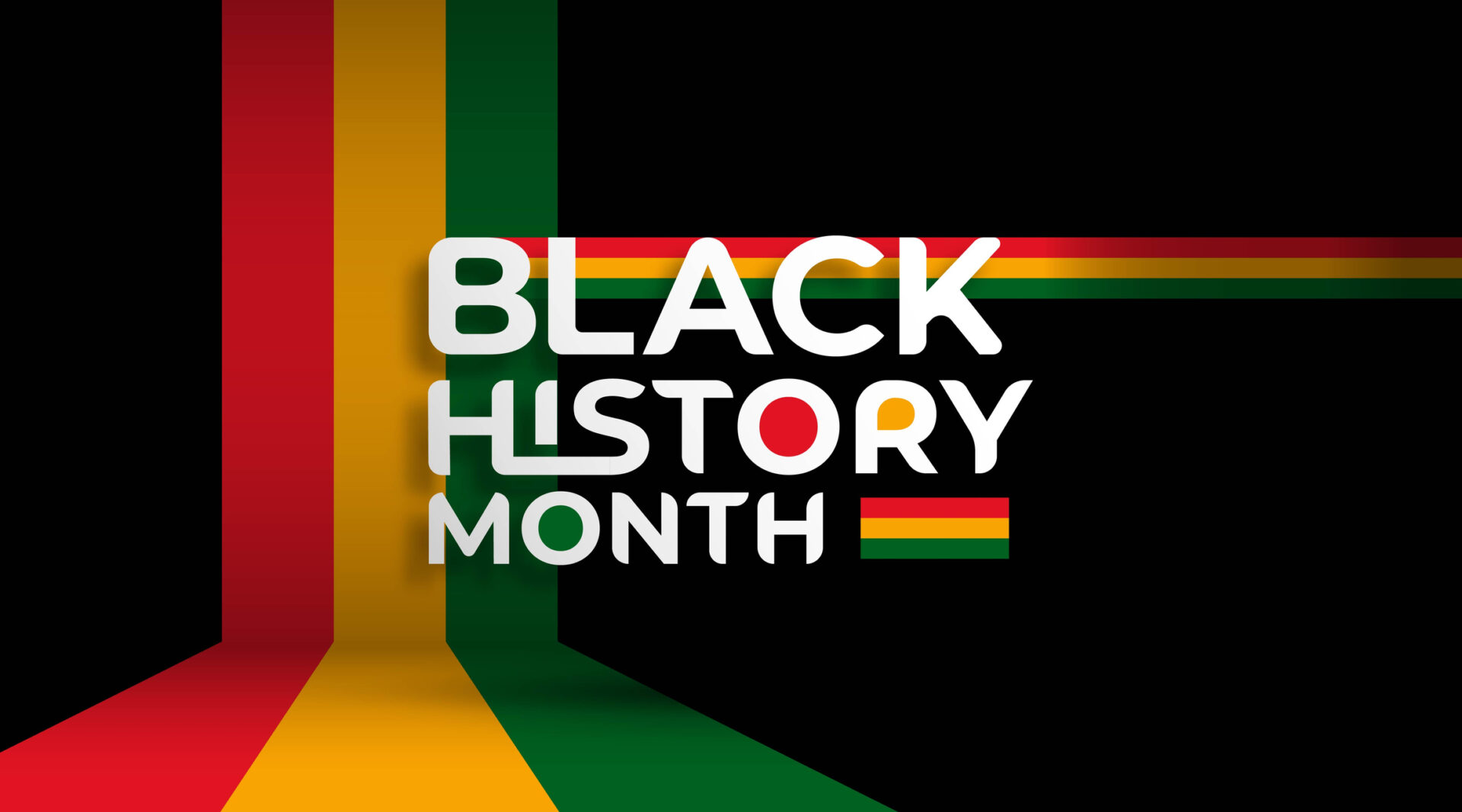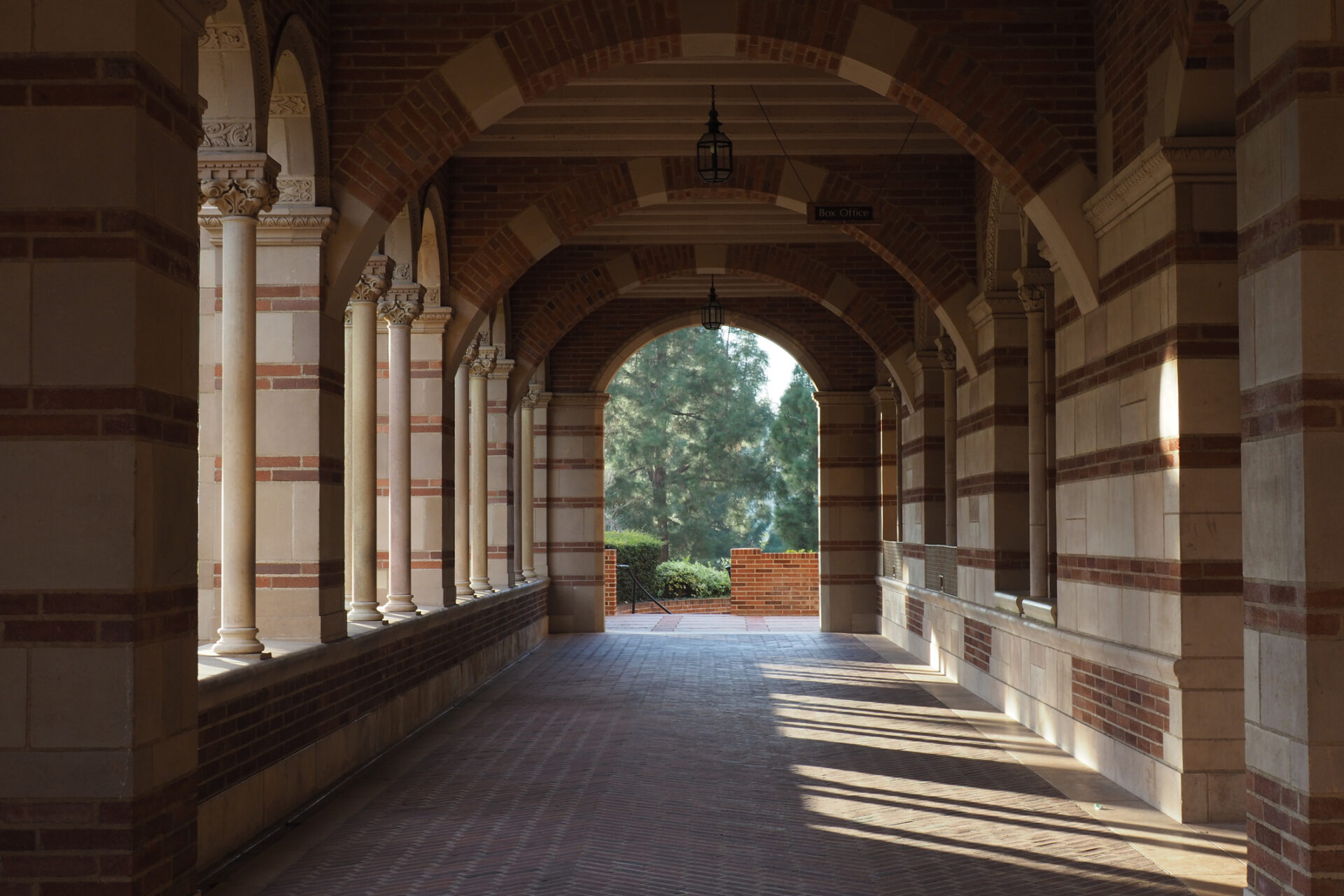Each year, August 9 commemorates International Day of the World’s Indigenous Peoples. This day raises awareness of the inequities face by indigenous peoples in more than 90 countries across the world.
According to the United Nations, an estimated 476 million indigenous people represent less than 5 percent of the world’s population. However, indigenous people account for 15 percent of the world’s poorest people and are three times as likely to face extreme poverty than non-indigenous people.
Although this is mostly due to federal governments who, in most parts of the world, still exercise control of regional indigenous population’s lands, territories and resources, the COVID-19 pandemic has exacerbated these existing poverty inequities as well as inequities relating to health.
This year, AMO is observing International Day of the World’s Indigenous Peoples by raising awareness of the issues around indigenous health and continuing to celebrate healthcare networks where indigenous workers are represented.
Health Inequities of Indigenous Peoples
Health gaps are not new to indigenous populations. In the U.S., European colonizers brought diseases that indigenous peoples had not been exposed to before. Measles and smallpox became epidemic to indigenous populations, while Europeans who previously had high exposure to the diseases were less effected due to differently developed antibodies.
Health gaps between indigenous and non-indigenous peoples still exist today. According to a study published by Globalization and Health, indigenous Australians have a life expectancy ten years shorter than non-indigenous Australians. Similar rates exist in New Zealand (7 years), Canada (9.2), and the United States (5.5), according to the same study.
The COVID-19 pandemic has made prominent the already existing issues indigenous populations face with accessing healthcare healthcare. In May 2020, the New York Times reported that the Navajo Nation–the second largest indigenous tribe in the United States–had a higher per capita infection rate than all 50 states. A CDC study published in August 2020 shows that American Indian and Alaskan Natives had an infection rate 3.5 times that of non-Hispanic white Americans.
Access Inequities of Indigenous Peoples
These health gaps are partly an effect of continuing colonialism. In the United States, forced assimilation of indigenous peoples created a generational distrust of government-funded institutions like hospitals and clinics.
The United States is required by law to provide health services to American Indians and Alaskan Natives through Indian Health Services (IHS), but IHS facilities don’t have the same equipment as hospitals in large urban centers. For some reservations, such as Cherry Creekin South Dakota, which is larger than Delaware and Rhode Island combined, it can take emergency services hours to arrive. Meanwhile, off-reservation health services are in small, rural towns already struggling to maintain operating.
According to the IHS, since 1990, more AI/AN live off-reservation than on-reservation. While this makes geographic access to urban hospitals and clinics easier, the IHS program through which American Indian/Alaskan Natives receive care has a set annual budget no matter how much care 2.2 million qualified patients may need and patients can’t receive free medication through the IHS anywhere but a designated IHS facility. A 2016 report from the National Congress of American Indians reveals a per capita funding disparity of nearly $5,000 between indigenous ($7,717) and non-indigenous peoples ($2,849).
Celebrating Indigenous Healthcare Workers
Another effect of continuing colonialism on indigenous trust of institutions is cultural insensitivity. A study from researchers at the University of Arizona found that “the quality of care received or not received by tribal members is influenced by racial discrimination or the lack of cultural sensitivity.”
While this is a broad issue that stems from systemic causes, one measure in addressing the quality of care indigenous people receive in hospitals and clinics is through a representative network of healthcare workers. Aaron Robinson, president of the Association of Native American Medical Students, has called for more American Indian and Alaskan Native physicians because it gives patients care that is better suited toward their desires, lifestyles, and beliefs.
While there is still a long way to go in representative healthcare for indigenous people, a few notable leaders are worth celebrating workers leading this cause.
Susan La Flesche Picotte
Susan La Flesche was born in 1865 on Nebraska’s Omaha reservation, the death of those around her was often the result of white physicians not coming onto the reservation to give care. Although young, La Fleshce quickly realized the need for a physician for her people.
After an education that blended the tradition of her people and a Euro-American education, La Flesche enrolled at the Women’s Medical College of Pennsylvania at a time when women faced backlash for pursing a medical education. Nonetheless, La Flesche would graduate a year early, becoming the first Native American to receive a medical degree.
Following through on her childhood realization, at 24 La Fleshce returned to her Omaha reservation as the sole doctor for 1,200 people across 400 miles.
Patricia Nez Henderson
In 2000, Patricia Nez Henderson became the first American Indian woman to graduate from Yale University School of Medicine. Realizing a lack of trust between the IHS and the Navajo people, Dr. Nez Henderson was inspired to help bridge this gap through a combination of her experience as a public health researcher and physician and the cultural awareness developed growing up on a Navajo reservation.
Today, Dr. Nez Henderson’s work focuses on efforts to reduce smoking among American Indian and Alaskan Native populations, where smoking rates are increasing despite decreasing rates among non-indigenous people. Dr. Nez Henderson also acts as the vice president of the Black Hills Center for American Indian Health, a non-profit in Rapid City, South Dakota that addresses the health needs of Northern Plains Tribes.
Lori Alvrod
Lori Alvrod is the first Navajo woman to become board certified in surgery. Like Dr. Nez Henderson, Dr. Alvrod’s approach to medicine combines her experiences growing up on a reservation with her medical education. As a result, Alvrod “bridges two worlds of medicine […] to treat the whole patient.”
Dr. Alvrod is also known for her autobiography, The Scalpel on the Bear, which has sold over 50,000 copies. The book discusses her struggles to combine the two worlds of Western Medicine and Navajo tradition, where neither world seems accepting of the other.







Leave A Comment